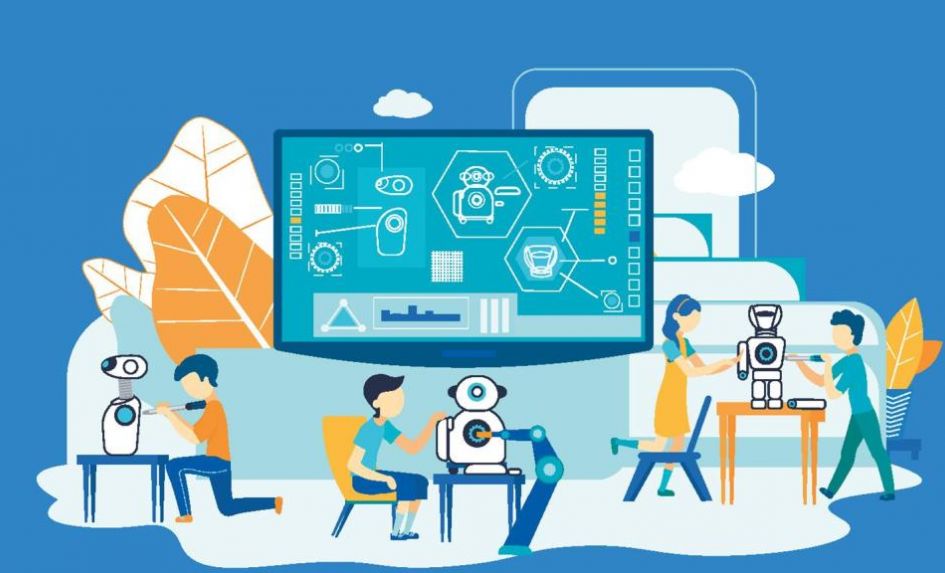With the rise of artificial intelligence, there’s growing concern over the prospect of automation replacing the workforce, even in professions such as teaching. However, this is unlikely to be the case. Rather than acting as a replacement for us, robotics will actually accompany us as we move further into this new technological era. They’ll become an integral part of both our personal and professional lives.
As such, the earlier an understanding of robotics can be established, the better equipped young people will be to navigate this new landscape – which is why pupils must start learning robotics from primary school onwards.
It’s vital that future generations be provided with skillsets that will enable them to adapt and thrive in the next chapter of their lives. What students learn during their time at primary school really sticks with them; they gain a base level understanding that remains ingrained in their brains throughout the rest of their lives. However hard maths might become later down the line, every secondary and college student will still remember their times tables. Giving children the chance to acquire this level of base knowledge about robotics and AI from a young age would be invaluable.
AI and robotics moreover offers the scope for providing pupils with skills and benefits that can help them in many different areas of their lives. For example, robotics lessons have been reported to help students with autism engage more with STEM subjects, since they typically involve concentrated activity that produces measurable, predictable results. Beyond that, we live in a world that’s becoming ever more dominated by STEM. It therefore follows that every student should be given the opportunity to engage fully with those topics that will likely shape the future they’re ultimately going to be living in.
Introducing pupils to robotics at an early age is an effective way of demonstrating the avenues and possibilities that the world of STEM makes available to them. Robotics can be both fun and instructional, and without it, many young people might not appreciate the future career paths they could potentially enjoy by pursuing an interest in STEM subjects.
Robotics is also an inherently creative field, and as such, can engage the interest of students that may not otherwise naturally gravitate towards STEM. Some STEM-related industries are currently struggling to attract young people, with a recent CBI survey revealing that when it came to recruiting staff, 40% of employers have had difficulties in taking on enough STEM graduates. The problem is only likely to worsen as careers become ever more STEM intensive, unless steps are taken earlier on.
Despite the growing prevalence of AI in our lives, there’s a widely held belief that it’s too complex a topic to teach younger minds. Yet in fact the opposite is true – students must be introduced to it from as young an age as possible.
This is the time, after all, when students’ minds are most open to learning about complex topics such as AI and robotics, enabling them to develop a fluency that would be much harder to achieve later on in life. In a world that’s already inextricably linked with technology, we mustn’t fail to equip the next generation – and those who come after them – with the skills they’ll need to thrive in tomorrow’s landscape. And this should start with introducing robotics into primary school classrooms.
Ricky Ye is CEO of DFRobot








